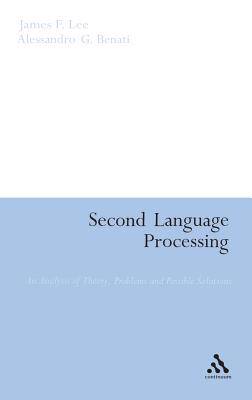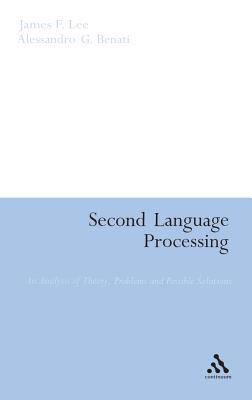
- Retrait gratuit dans votre magasin Club
- 7.000.000 titres dans notre catalogue
- Payer en toute sécurité
- Toujours un magasin près de chez vous
- Retrait gratuit dans votre magasin Club
- 7.000.000 titres dans notre catalogue
- Payer en toute sécurité
- Toujours un magasin près de chez vous
Second Language Processing
An Analysis of Theory, Problems and Possible Solutions
James F Lee, Alessandro G Benati
Livre relié | Anglais
449,45 €
+ 898 points
Description
Second Language Processing examines the problems facing learners in the second language classroom from the theoretical perspectives of Processing Instruction (structured input) and Enhanced Input. These two theories are brought to bear on a variety of processing problems, such as the difficulty of connecting second language grammatical forms encoding tense and mood as well as noun-adjective agreement with their meaning. Empirical studies examine a range of languages including Japanese, Italian and Spanish, through which the authors suggest practical solutions to these processing problems.
This monograph will be of interest to postgraduates and academics researching second language acquisition and applied linguistics.Spécifications
Parties prenantes
- Auteur(s) :
- Editeur:
Contenu
- Nombre de pages :
- 192
- Langue:
- Anglais
Caractéristiques
- EAN:
- 9780826495181
- Date de parution :
- 19-09-07
- Format:
- Livre relié
- Format numérique:
- Genaaid
- Dimensions :
- 156 mm x 234 mm
- Poids :
- 439 g







